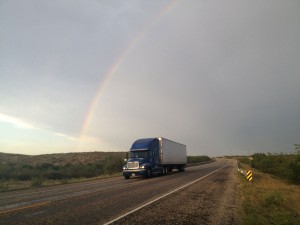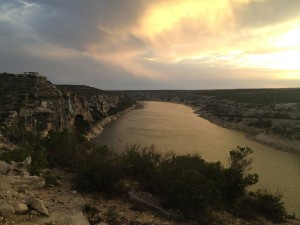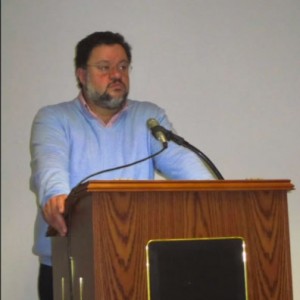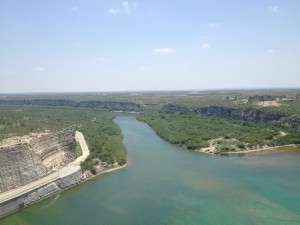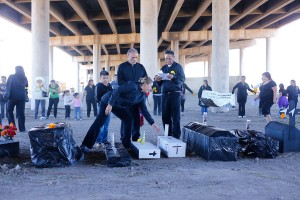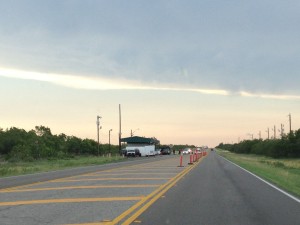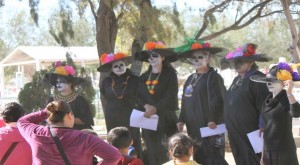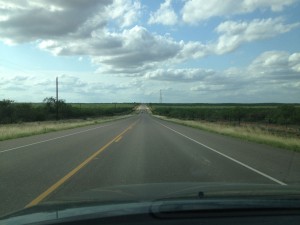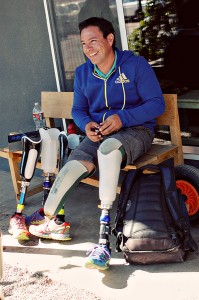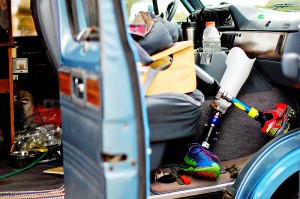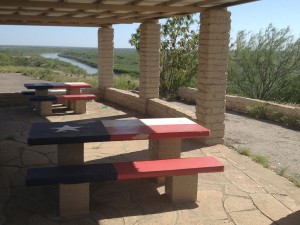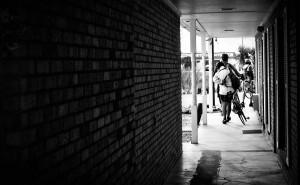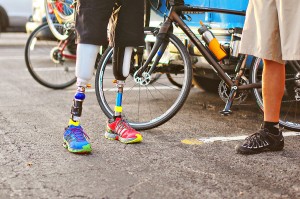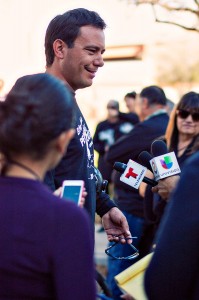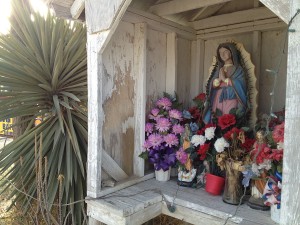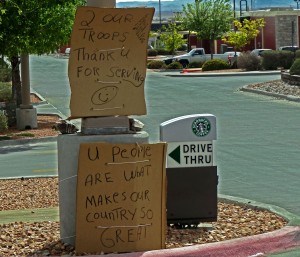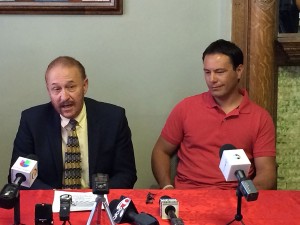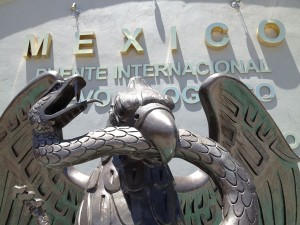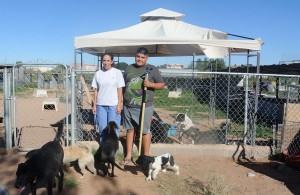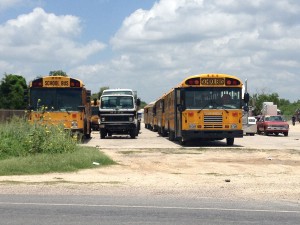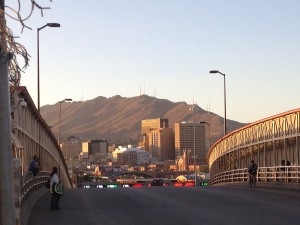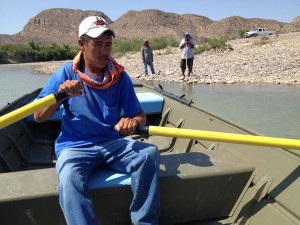EL PASO – La tesis con la que introdujo López Portillo una conferencia este pasado jueves 7 de noviembre en la Universidad de Texas en El Paso fue simple: “Más seguridad, más derechos humanos.” Pero, pese a la simplicidad de esta propuesta, dijo que llegar a implementarla en un contexto mexicano sería sumamente complejo. El experimentado periodista y analista político López Portillo, junto con su organización Instituto Para la Seguridad y la Democracia (INSYDE) buscan promover una reforma estructural de la policía en México. López Portillo habló, entre otras cosas, de la vieja lucha por “recontextualizar” la agenda de seguridad en México, la cual actualmente es solo “un espacio para la reducción del ejercicio de otros derechos.”
Explicó en tono reflexivo que “México presenta una transición democrática fallida…pensábamos que elecciones libres y competidas nos darían gobiernos de calidad. Pensábamos que la posibilidad que se fragmentara el poder iba a dar competencia de gobierno para generar gobiernos de calidad. Pero hoy, la noticia que tenemos es que nos ha fallado la fórmula.”
Para López Portillo, el problema de la policía y la seguridad en México radica en una profunda crisis en la política mexicana que “está generando y reproduciendo instituciones fallidas.” Esta competencia por el poder sin reglas ha desorganizado al régimen político mexicano generando así vacíos de poder y “no hay vacío de poder que no sea llenado de alguna manera,” comentó.

